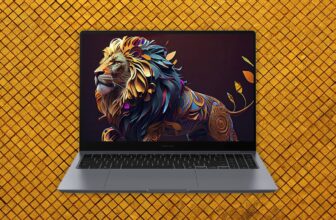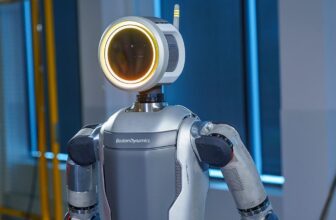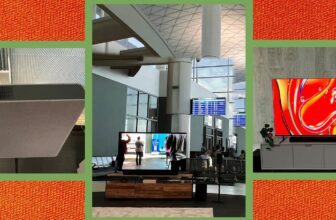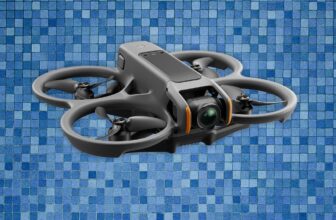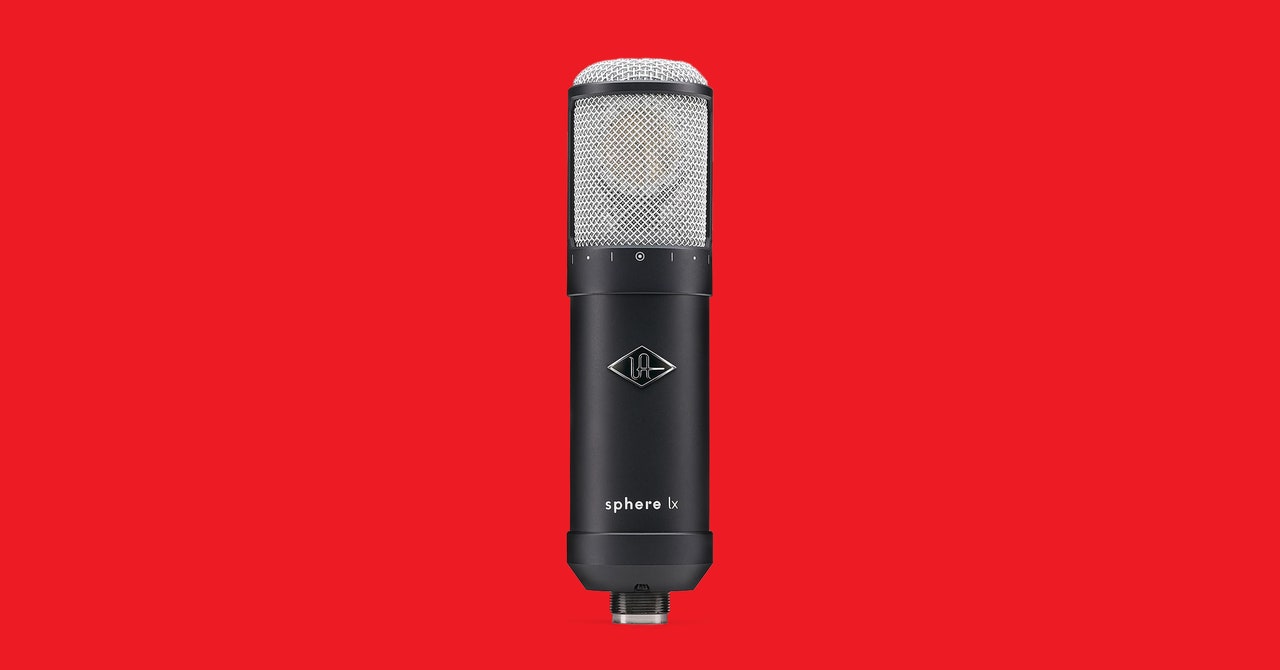
The house recording revolution has come. From low-cost and inexpensive audio interfaces and software program to the rocketing abundance of USB microphones in the Zoom era, there is no such thing as a cause why you possibly can’t make chart-topping singles in your bed room. (See: Billie Eilish and her brother Finneas O’Connell.) It’s simple to get audio high quality that is ok, however now high-end firms are aiming to assist common musicians get true studio high quality at dwelling.
The newest Sphere DLX and Sphere LX modeling mics from Common Audio ask a easy query: What for those who might have nearly each well-known microphone accessible at your fingertips in a single, sub-$1,400 gadget?
Plug in these stereo mics to any audio interface, open up the software program, and also you acquire entry to tens of 1000’s of {dollars} of modeled microphone sounds, and even the flexibility to alter them post-record. It’s been a recreation changer in my small venture recording studio, and one that can make next-generation indie rockers sound cleaner and extra dialed-in than ever. You possibly can even use a mannequin of the Eilishes’ own Neumann, although you could be dissatisfied to understand that expertise is the principle cause they sound so good.
On the Mic
The Sphere is available in two sizes and costs, the cheaper LX and dearer DLX, each of which come inside well-engineered tender circumstances. (You possibly can stack them, however they don’t seem to be going to outlive a success with a baseball bat.) You get two mounts within the DLX case, an everyday one and a shock one, and only a non-shock mount within the LX case. The bigger DLX will look instantly acquainted to those that have tried the Townsend Labs Sphere L22, one other modeling mic that got here out a number of years in the past, and for good cause. UA bought Townsend Labs, utilizing its tech to recreate the outdated mannequin and create the smaller LX sequence for extra budget-conscious of us.
Common Audio has made all the things from mic preamps and compressors to microphones over the previous 24 years. Like all the things the corporate makes, these mics feel and look like they’re designed for skilled use, with stable metallic enclosures and a stunning match and end. The primary distinction between the 2 is the scale. The smaller and extra inexpensive Sphere LX simulates lots of the similar mics as its larger brother, nevertheless it lacks 18 mic fashions included on the bigger mic. You get 20 mic fashions on the smaller LX and 38 on the DLX.
{Photograph}: Common Audio
Each are stereo microphones that document by the back and front of a customized 1-inch stereo capsule. On their very own, they’re extremely transparent-sounding mics; that is partially what permits the mic’s plug-in software program to research and emulate traditional microphone polar patterns, tone, and many others. Each are powered by 48-V phantom power, with white LEDs that gentle up the capsule when the mic is plugged in and energy is on–a cool impact that I haven’t seen on different mics of this sort. It makes you’re feeling just like the capsule is asking to your mouth.
The one draw back to the mics being stereo is that these do take up two channels of your audio interface. If in case you have a smaller interface, you’ll have to trace vocals and some other devices at totally different instances. Not an enormous deal, however price noting for these with solely two mic channels.
Recording Sphere
The mics are mainly Photoshop for mic selection and placement. You possibly can choose what mannequin of mic you need. Anybody who has hung round knowledgeable recording studio will instantly acknowledge many, if not nearly all, of the microphone fashions included contained in the Sphere’s plug-in controller. Every little thing from traditional Neumann fashions just like the U47 and U67, to extra fashionable mics just like the Shure SM7B and Sony C800G, can be found. There may be even a number of ribbon microphones, which will be tremendous useful on horns or for a classic sound.
You possibly can choose mics after recording too. You put in the plug-in, set it up on a stereo channel of your digital audio workstation, and select which mic you wish to use and the way. You possibly can at all times change it later, supplied the audio was recorded by the Sphere mic to start with. The plug-in works with each main piece of audio recording software program, from Garageband to skilled requirements like Professional Instruments, which makes it nearly foolproof.
Not solely are you able to modify the particular mic, you possibly can even modify the polar sample, which is the “lens” of a mic that controls the path from which the mic information, whether or not that is tightly in entrance or an omnidirectional recording. You possibly can even use mics in methods the unique mannequin wouldn’t enable; I appreciated utilizing a mannequin of a classic RCA ribbon mic in a tighter configuration than the classic mic would enable in actual life. I get a lot much less bleed from surrounding devices. You may as well modify the gap from the mic, the place typically you will get too many pops from “p” sounds or sibilance from “s” sounds.



